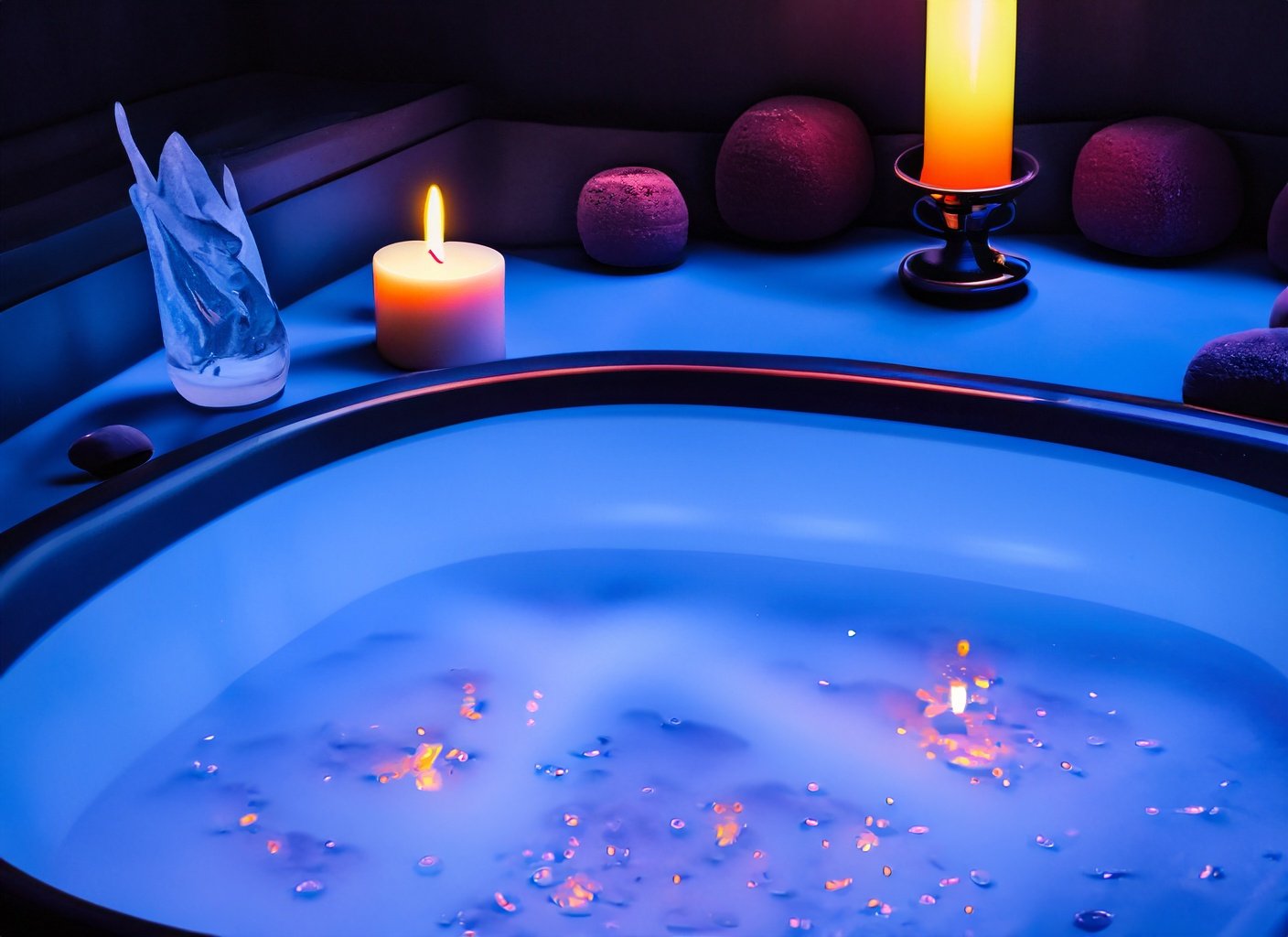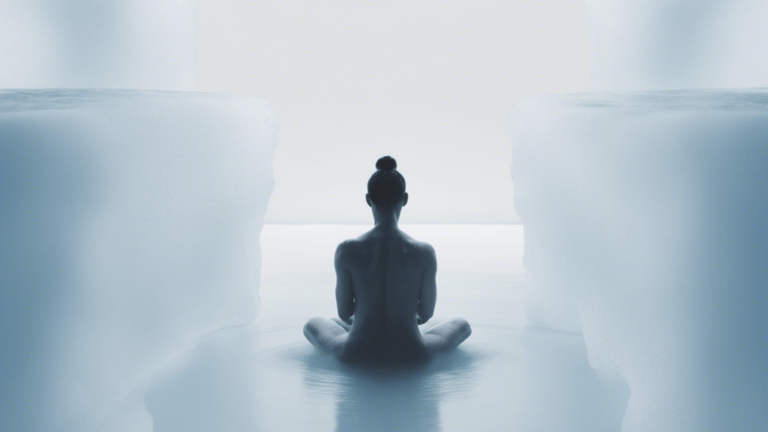What is the most beneficial ice bath time?
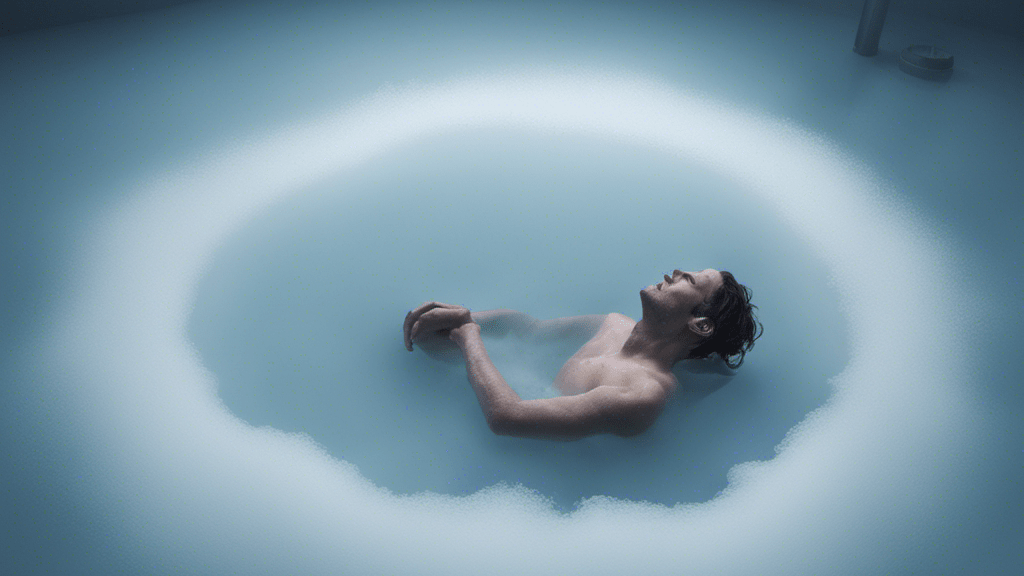
Ice baths, a wellness trend that has become a routine for many, serve a much greater purpose than simply shocking the system awake. These frigid plunges have gained immense popularity in recent years, and for good reason. Beyond the initial shiver and shock, ice baths offer unparalleled health benefits that can transform your physical and mental well-being.
Whether you’re an athlete seeking faster muscle recovery, someone looking to fortify their immune defenses, or just searching for a natural way to invigorate your daily life, the cold embrace of ice baths might be the key to unlocking a healthier and more resilient you.
Timing is everything regarding healthy practices such as exercise, recovery, or meditation. The benefits of a workout change depending on the amount of time spent moving your body. Longer meditations lead to better focus. But what about the practice of cold therapy and ice baths?
What Are Ice Baths?
The concept of ice bath therapy, also known as cold water immersion, revolves around the physiological response to extreme cold. When immersed in icy water, the body constricts blood vessels, drains lactic acid, stabilizes body temperature, and accelerates the body’s natural ability to heal and rejuvenate. Beyond the immediate benefits, ice baths enhance mental resilience, improve mood, and boost overall vitality.
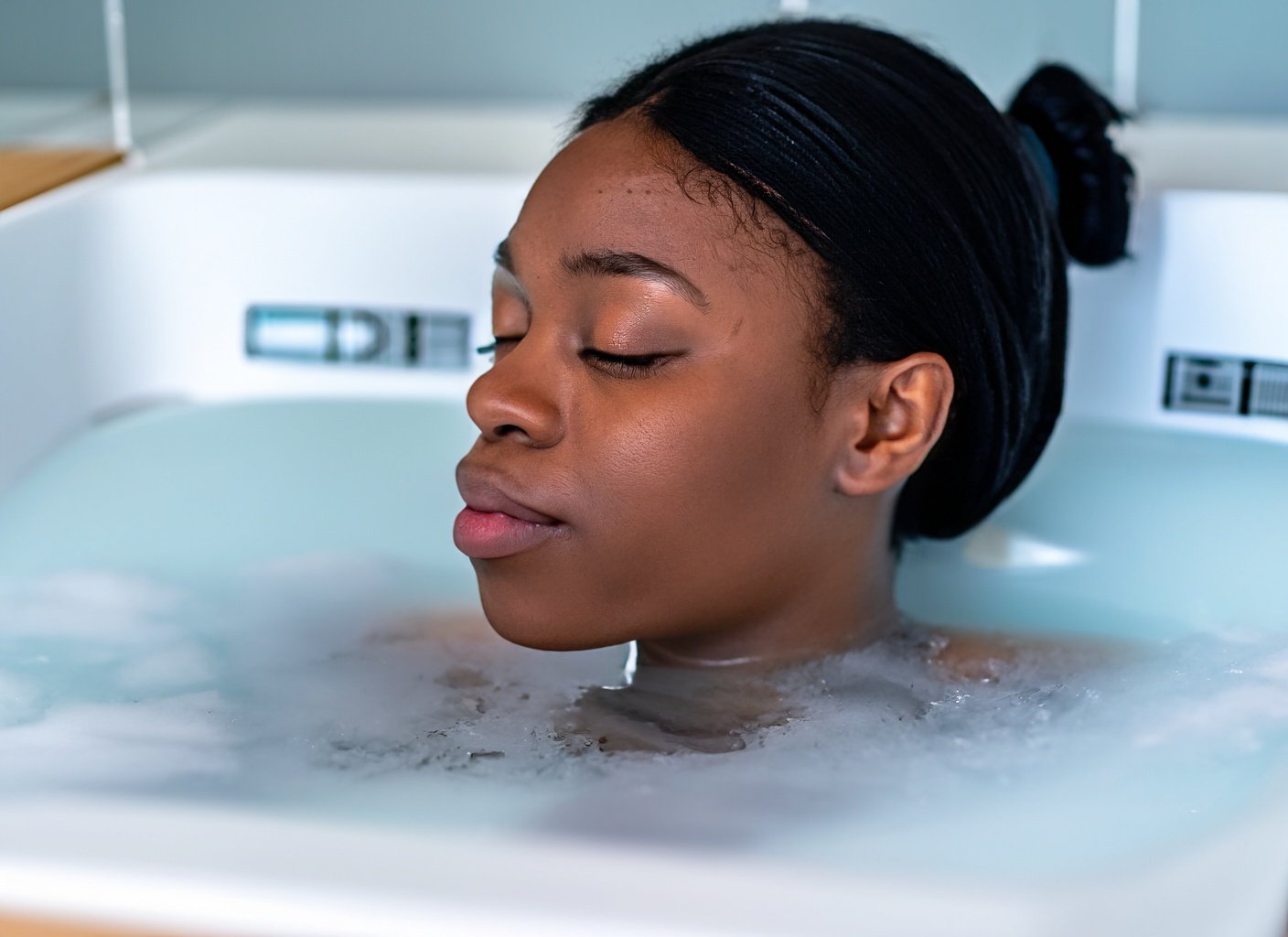
Benefits of Cold Water Immersion
Taking an ice bath might seem straightforward: Dunk your body into a tub full of cold water and endure the chill. But there’s more to it. Ice baths can unlock a world of benefits.
Physical Benefits
- Workout Recovery – As the body responds to the cold, muscle contractions help push out lactic acid, which contributes to muscle fatigue and soreness. This is one reason athletes and fitness professionals use cold water immersion after intense workouts.
- Reduce Inflammation – Cold water initiates a process akin to natural cryotherapy, causing blood vessels to constrict. Once the tissues warm up, a rush of blood delivers essential nutrients, anti-inflammatory properties, and oxygen to the muscles, aiding in their repair and recovery.
- Circulatory System Boost – A 2022 study demonstrated that cold-adapted individuals improved cardiovascular risk factor markers compared to those not cold-adapted through cold water immersion.
Mental Benefits
- Stress Relief – While the idea of submerging in cold water might stress some out, ice baths trigger the parasympathetic system, reducing the production of cortisol. This results in fewer stress hormones.
- Mood Boost – As your heart rate increases and the cold stimulates your parasympathetic system, your brain releases endorphins. These chemicals, known as the “feel-good” chemicals, increase feelings of happiness, serving as a natural mood booster.
- Sleep Quality – Cold water also increases the production of melatonin, the sleep hormone. By aligning your ice baths with your desired sleep cycle, you can improve your overall sleep quality. Cold water therapy can become an essential part of your sleep hygiene routine.
The Ideal Ice Bath Time
Many suggest that when starting an ice bath practice, it is essential not to push yourself to stay in the cold for too long. Listening to your body is necessary so you don’t risk health complications. But once you become accustomed to the ice water, what is the ideal amount of time you should spend in the icy water? What are the benefits of a long versus short bath? When do the risks outweigh the benefits?
Short Times (5-10 minutes)
According to a 2010 study, some professional athletes argue for shorter durations of ice bath therapy. They prefer immersing themselves in the icy liquid for 5-10 minutes, which affords you the muscle recovery benefits you need, particularly after a strenuous workout routine. The athletes also practice contrast water therapy, alternating between cold and warm water, spending at most 5 minutes at each temperature.
The study suggests further research is needed to prove the benefits of short ice baths. However, ice baths, as well as other recovery therapies, are common practice after intense workouts. Most athletes and fitness professionals who favor post-workout ice baths spend within this timeframe for the ideal cold water recovery.
Long Times (15-20 minutes)
On the other hand, many enthusiasts advocate for slightly longer durations. Sustaining 15-20 minutes within the ice bath may offer potential advantages. Prolonged exposure to cold might yield deeper physiological impacts, leading to more pronounced inflammation reduction and improvements in circulation. However, more research into prolonged ice bath exposure is needed.
Extremely Long Times (20+ minutes)
Of course, some push the boundary by remaining in the cold for extensive periods. While this could amp up the usual ice bath benefits after exercise, it poses various risks. Longer times immersed in cold water therapy can increase the risk of adverse effects, such as hypothermia. More time in an ice bath is not always better.
Even professional ice swimmers are only allowed to be in the icy water for a maximum of 45 minutes. Always listen to your body and leave the ice bath, especially if you become drowsy, confused, or start to exhibit any other symptoms of hypothermia.
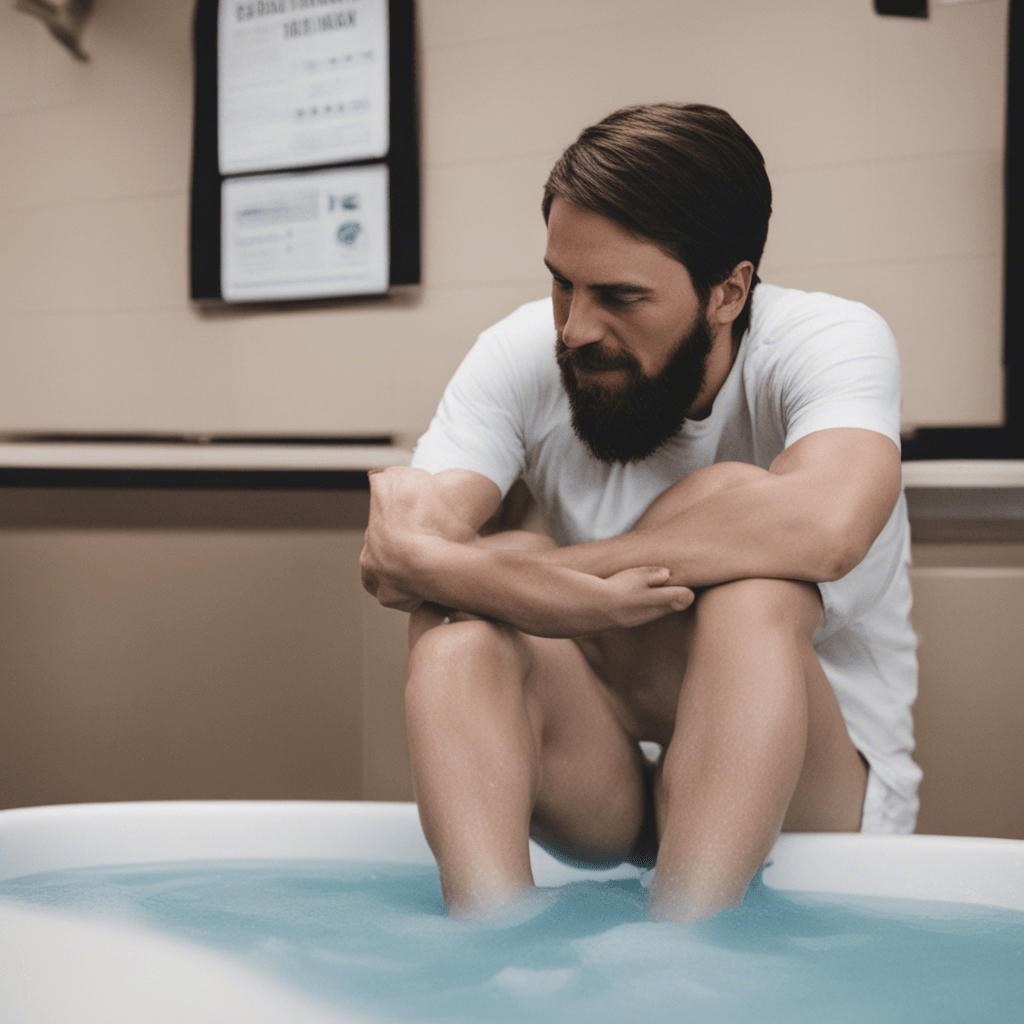
Ice Bath Pros and Cons
Potential Benefits
Shorter durations of about 5-10 minutes already promise many benefits, from muscle recovery to mood-boosting effects, and can be less intimidating for beginners. More research is needed for longer periods, such as 15-20 minute sessions, to show that you can reap deeper therapeutic benefits, particularly for those undergoing intensive physical training.
Potential Risks
The risks of ice bath therapy depend on several factors, including incorrect usage, overexposure to cold, and underlying health conditions. Drowning is always a risk factor. When it comes to cold water, the National Center for Cold Water Safety says that water between 50-60F (10-15.5C) can kill you in less than a minute due to cold shock, forcing you to take a breath. It’s important always to enter an ice bath feet first.
In terms of time duration, studies show that hypothermia begins to set in around the 30-minute mark. So, keep an eye on your timer. What’s more, the American Heart Association studies show that even those who make cold water therapy a regular practice could run the risk of harming their heart. Doctors caution patients with heart conditions or who take beta blockers from using ice baths due to the effects of cold shock on blood pressure and pulse.
Important Considerations
Frequency – How Many Ice Baths a Week?
Aside from the duration, frequency also plays a vital role in ice bath therapy. Regular sessions can reinforce the benefits. However, daily ice baths might not be necessary or even advisable depending on certain factors such as health, age, and activity level. Balance is key, and the optimal frequency varies from person to person.
Individual Differences – Everyone’s Body Reacts Slightly Differently
It’s crucial to remember that everyone reacts differently to the cold. Gauging one’s comfort level and physical responses helps personalize the ideal ice bath duration. Whether it leans towards the shorter or longer end of the continuum, the primary purpose remains: to gain the benefits of ice baths while avoiding any potential risk.
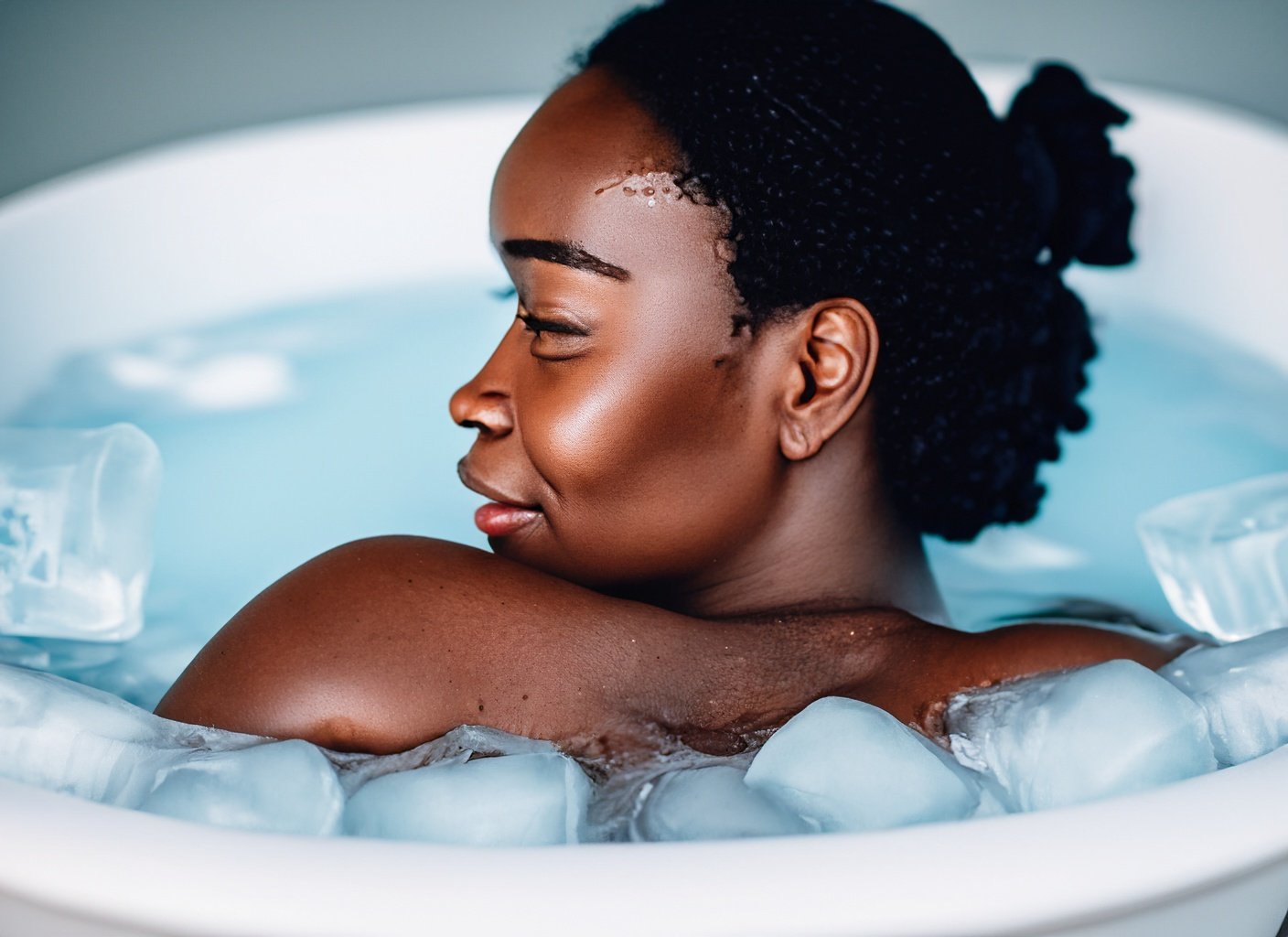
Practical Tips for an Effective Ice Bath
Preparation
- Creating the Right Environment – To start your ice bath therapy, ensure you have the right setup. Fill a tub with cold water first before adding ice. The general advice is to aim for an ice bath temperature of around 50-59 degrees Fahrenheit – cold but tolerable. Ensure you have a safe and comfortable space around the tub, and keep warm towels within reach for immediate use afterward. Having a bottle of warm water at the side is a useful tool for hydration and a warm-up aid if needed.
- What to Wear – While it might seem like a good idea to go nude, we recommend wearing at least a pair of shorts and a top to protect your skin and make the experience less shocking. A pair of sandals may also be useful to avoid direct contact with ice cubes.
- Preparing Mentally – One of the biggest challenges in ice bath therapy could be the mental barrier. The trick? Brace yourself mentally to expect the cold and resolve to stay calm. Breathing exercises can be valuable in maintaining calm during the initial immersion. Remember to take your time and don’t get overwhelmed.
During the Bath
- Entering the Ice Bath – Step carefully into the icy water, slowly submerging your feet, legs, and torso into the cold water. The submerged parts of your body may start to feel numb after a while, especially your toes.
- Techniques to Combat Initial Discomfort – On your first plunge into the cold water, you may experience a shock to the system – an involuntary gasp and spike in heart rate. Controlled, deep breathing exercises can help mitigate this discomfort and prime your body for relaxation.
- What to Do If You Feel Unwell – Pay attention to how you feel throughout the ice bath therapy. If you start to feel unwell – numbness, dizziness, or severe shivers – it’s crucial to listen to your body. Exit the bath carefully, remove your wet clothes, and begin warming up.
- Distraction or Relaxation – Some enjoy distractions like reading, meditating, or watching a show in an ice bath. While that may help take your mind off the cold, you may be missing out on some of the cold plunge benefits. Focusing on your breath, visualizing warmth, or practicing mindfulness can keep you from thinking about the cold and help reduce your stress levels.
Post-Bath
- What to Do After an Ice Bath? – When you step out of the tub, the first instinct might be to jump into a hot shower. However, that could shock your system and cause muscle strain. A better approach would be to return to a normal body temperature gradually. Start by removing your cold, wet clothes, towel-drying, and slipping into warm, comfortable clothes. You can sip on warm liquids and gently start moving around to aid in circulation.
- Evaluating How You Feel and Adjusting for Next Time – Part of the ice bath process is reflecting on how you feel post-bath. Did you notice an immediate effect? How did your sleep quality fare? Did you experience any boost in recovery? Note these details to understand your body’s response to the cold and make necessary adjustments for future ice baths, whether duration, temperature, or frequency. Remember, ice baths should always be geared towards supporting your health and not work against it.
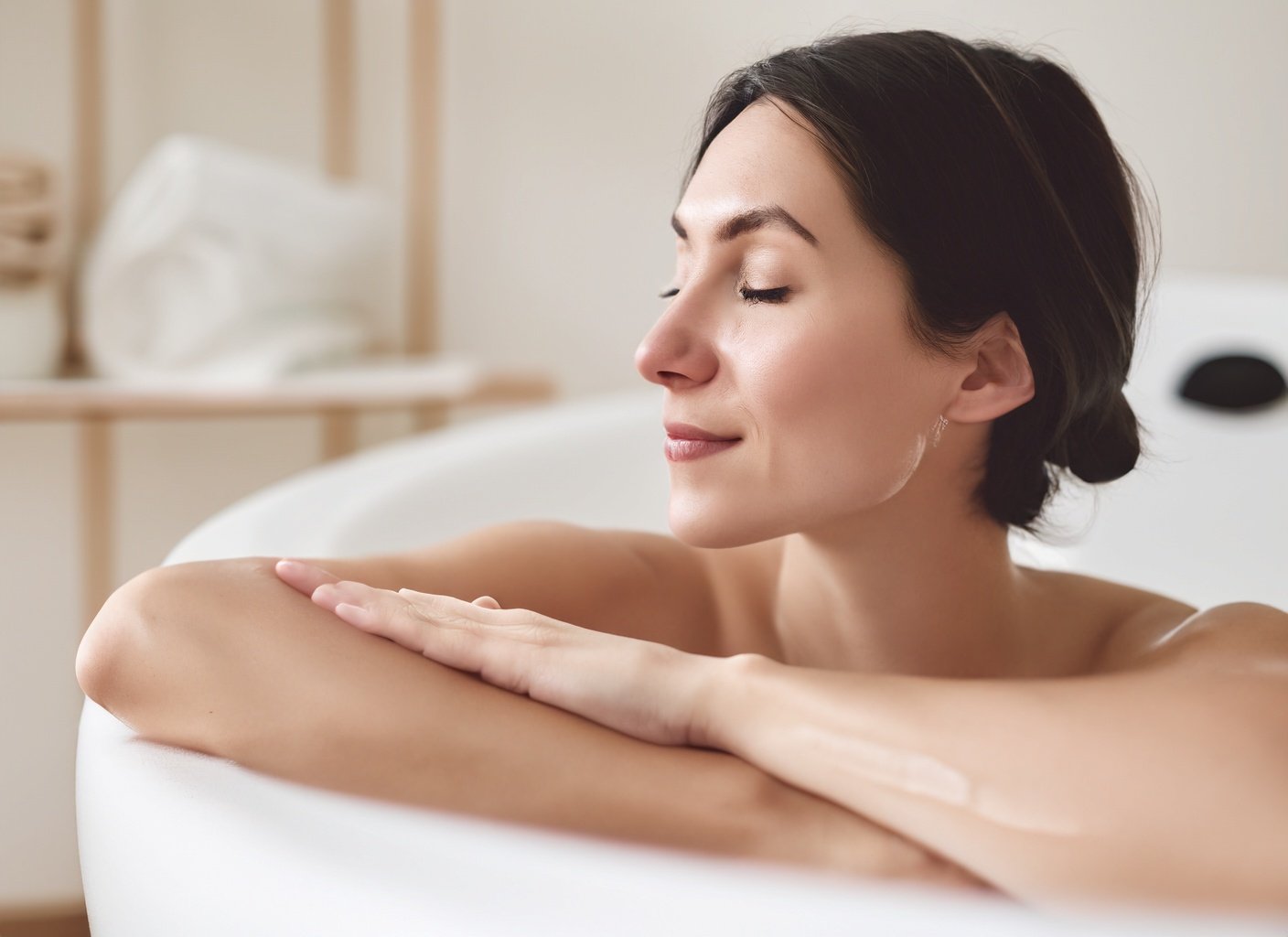
Conclusion
Most Beneficial Ice Bath Time
Ice bath therapy has a myriad of physical and mental benefits. From accelerating muscle recovery, reducing inflammation, and enhancing circulatory health to stress relief and improved sleep quality, the ice bath is becoming a staple in sports, wellness, and health practices. However, not every cold water immersion technique or ice bath practice will look the same to every person. Duration, frequency, and temperature will vary as each person finds the right balance of risks and benefits.
The most beneficial ice bath time is whatever works best for you. If a quick five-minute post-workout dunk in an ice barrel helps your recovery and fits into your wellness practice, then five minutes is the best. If you prefer a longer bath for better sleep quality and don’t mind the cold, then it is more beneficial. Ice bath preferences are personal and should always be practiced safely.
Try It Out at Your Own Pace
Now comes the most exciting part – trying it out for yourself. If all this talk about ice baths’ healing, rejuvenating, and invigorating effects has sparked your curiosity, then it’s time to take a dip. Remember to start gradually, listen to your body, and adjust. Practice the art of submerging in the cold at your own pace. Take the time to acclimate to different temperatures and durations, prioritize comfort and safety, and always give special attention to how you feel during and after each experience.
As with all wellness practices, the aim is to enhance your overall well-being; in the end, that is all that matters.
